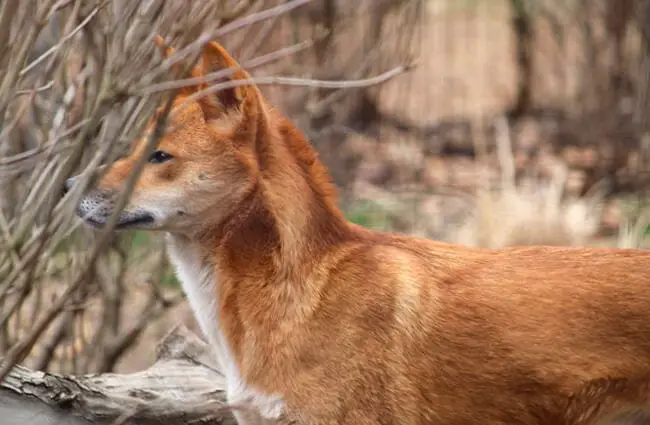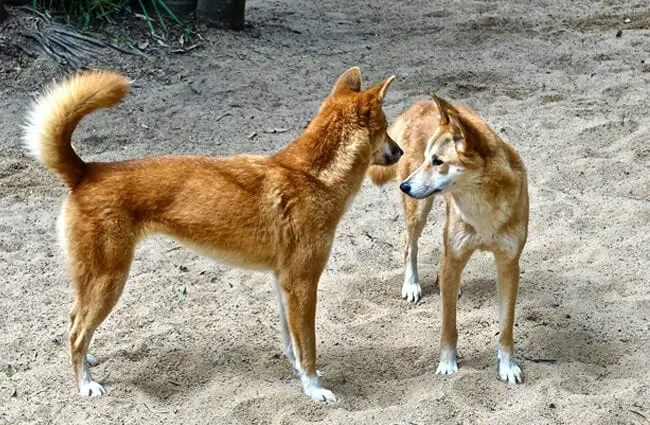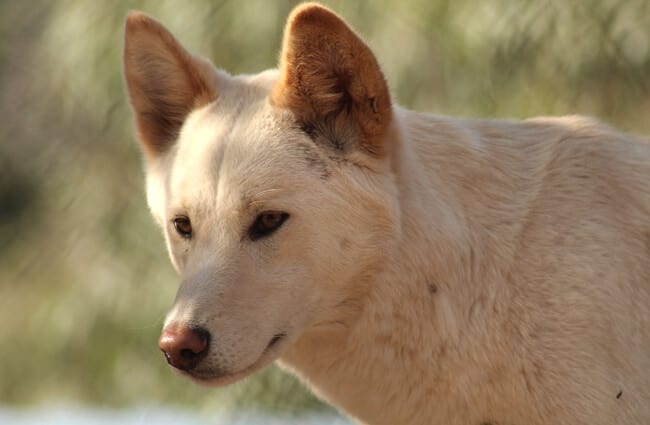The Enigmatic Dingo: A Comprehensive Guide
The dingo, often called the wild dog of Australia, is a fascinating creature steeped in mystery and ecological importance. More than just a canine resident, the dingo plays a critical role in the Australian landscape and holds a unique place in Aboriginal culture and the nation’s history. This guide explores the world of the dingo, covering its origins, behavior, habitat, and interactions with the environment and humans.

Origins and Evolution
The dingo’s journey to Australia spans several thousand years. Genetic evidence indicates that the dingo arrived with Austronesian seafarers roughly 3,500 to 5,000 years ago, originating from Southeast Asia. Unlike domestic dogs, which have undergone extensive selective breeding, the dingo has retained a relatively stable genetic structure, suggesting a long period of isolation and adaptation to the Australian environment. It is considered a semi wild canid, meaning it is not fully domesticated but has also not remained entirely wild through natural selection alone. Its ancestors were likely associated with early human settlements, serving as companions, hunting aids, or scavenging near villages.
Habitat and Distribution
The dingo is remarkably adaptable, inhabiting a wide range of environments across Australia. They thrive in forests, grasslands, deserts, and even alpine regions. Historically, they were found across the entire continent, but today their distribution is most concentrated in northern and western Australia, with populations becoming fragmented and reduced in the southeast due to competition with introduced species and deliberate control measures. They are also found on some islands, such as Fraser Island, where they form a unique, relatively isolated population. They are opportunistic den builders, using caves, hollow logs, or digging burrows under shrubs and trees.

Diet and Hunting Strategies
Dingoes are carnivores with a varied diet. Their prey includes kangaroos, wallabies, wombats, rabbits, rodents, birds, reptiles, and even fish. They are both active hunters and scavengers, using a range of hunting techniques. Larger prey is often taken cooperatively, with packs working together to tire and bring down kangaroos or other sizable animals. Smaller prey is stalked and ambushed, or hunted during nocturnal excursions. Dingoes also play a vital role in controlling populations of introduced species such as rabbits and feral pigs. Their scavenging habits help keep the environment clean and reduce the spread of disease.
Social Behavior and Reproduction
Dingoes typically live in packs, with size varying from solitary individuals to groups of about 10. Within a pack, there is a clear social hierarchy, usually led by an alpha pair. Communication occurs through vocalizations—including howls, barks, growls, and whines—as well as body language and scent marking.
Breeding usually occurs once a year, during spring (September to November). While the alpha female is most often the sole breeding female, other females in the pack may also reproduce under certain circumstances. Gestation lasts about 63 to 68 days, producing a litter of 3 to 6 pups. Pups are born blind and helpless and are cared for by the entire pack. They are gradually weaned onto solid food and begin to participate in hunts and other activities. Pups typically stay with the pack for several months to a year, learning essential survival skills.

Ecological Role and Interactions with Other Animals
As Australia’s apex predator, the dingo helps maintain ecological balance. By controlling populations of herbivores and introduced species, they prevent overgrazing and habitat degradation. Their predatory behavior also influences the behavior and distribution of prey animals. Dingoes interact with a variety of other species, including kangaroos, wallabies, emus, goannas, and many birds. Competition for resources can occur, especially with introduced predators such as foxes and feral cats. In some instances, dingoes may cooperate with other predators when hunting larger prey.
Dingoes and Humans: A Complex Relationship
For thousands of years, Aboriginal Australians have coexisted with dingoes. Dingoes often feature prominently in Aboriginal Dreamtime stories and are considered sacred by many groups. Traditionally, Aboriginal people used dingoes for hunting assistance, companionship, and as a source of food and clothing.
However, the relationship between dingoes and European settlers has been far more complicated. European farmers often viewed dingoes as pests due to their predation on livestock. This led to widespread persecution, including poisoning, trapping, and shooting. Today, dingoes remain subject to control measures in some areas, particularly where livestock grazing is intensive.

Encountering a Dingo in the Wild: Safety Guidelines
If you encounter a dingo in the wild, it’s important to maintain a safe distance and exercise caution. Never approach or feed a dingo, as this can encourage habituation and reduce their natural fear of humans. Keep children close and within sight at all times. Avoid direct eye contact, as it can be perceived as a challenge. If a dingo approaches you, stand your ground, wave your arms calmly, and shout to deter it. Carry a stick or other object for protection. Report any aggressive or concerning behavior to local authorities.
Dingo Care in Captivity
For zookeepers and wildlife carers, providing appropriate care for dingoes in captivity requires a thorough understanding of their natural behaviors and needs. Enclosures should be spacious and enriched with natural features such as trees, rocks, and burrows to stimulate curiosity and encourage exercise. A varied diet consisting of meat, bones, and organs is essential for maintaining health. Social interaction with other dingoes is crucial, so keeping them in pairs or small packs is recommended. Providing opportunities for scent marking and den building will also contribute to their well‑being. Avoid excessive human contact, as this can disrupt natural behaviors and lead to dependence. Regular veterinary check‑ups and preventative healthcare are essential for maintaining overall health.

Interesting Facts About Dingoes
- Dingoes can run at speeds of up to 48 kilometers per hour.
- They are excellent swimmers and can readily cross rivers and lakes.
- Dingoes have a distinctive vocalization known as “singing” that is used for long‑distance communication.
- Pure dingoes are relatively rare, with many wild populations interbred with domestic dogs.
- Dingoes can survive for extended periods without water, obtaining moisture from their prey.
- The color of a dingo’s coat varies from sandy yellow to reddish‑brown to black and white.
The dingo remains a captivating and enigmatic creature. Its story is intertwined with the history of the Australian continent, and its future depends on our ability to understand and appreciate its ecological role and cultural significance. Continued research, conservation efforts, and responsible management practices are essential to ensure that this iconic species continues to thrive for generations to come.

![Red Angus Closeup of a beautiful Red Angus cowPhoto by: U.S. Department of Agriculture [pubic domain]https://creativecommons.org/licenses/by/2.0/](https://animals.net/wp-content/uploads/2020/03/Red-Angus-4-238x178.jpg)




![Red Angus Closeup of a beautiful Red Angus cowPhoto by: U.S. Department of Agriculture [pubic domain]https://creativecommons.org/licenses/by/2.0/](https://animals.net/wp-content/uploads/2020/03/Red-Angus-4-100x75.jpg)

